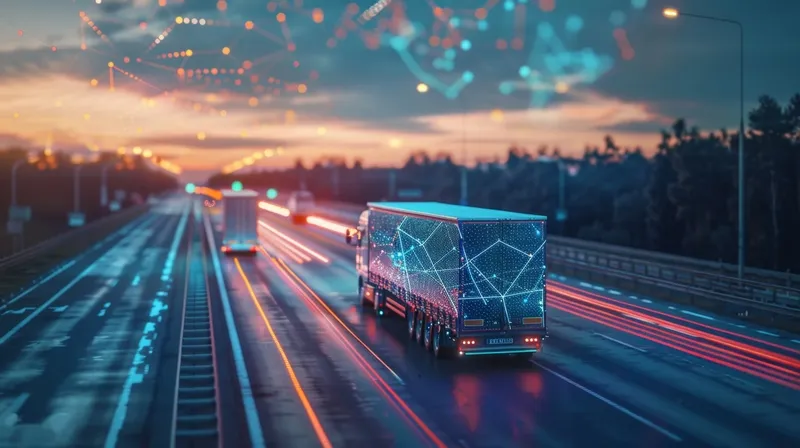Speaking ahead of the MENA Rail and Metro Summit 2013 in Abu Dhabi 28-30 October, Yiwen Wang, chief technology officer, MEA Government and Enterprise Business, ZTE Corporation, spoke of the need for an intelligent rail system to enhance the approximately US$250 billion worth of rail projects planned or under way in the GCC countries.
He said intelligent as applied to rail transport has two aspects: “One is to introduce mature next generation communication technology into the rail transit system, the othe
October 21, 2013
Read time: 2 mins
Speaking ahead of the MENA Rail and Metro Summit 2013 in Abu Dhabi 28-30 October, Yiwen Wang, chief technology officer, MEA Government and Enterprise Business, ZTE Corporation, spoke of the need for an intelligent rail system to enhance the approximately US$250 billion worth of rail projects planned or under way in the GCC countries.
He said intelligent as applied to rail transport has two aspects: “One is to introduce mature next generation communication technology into the rail transit system, the other is to integrate IT innovations and ideas with the rail transport system.”
With plans to build more than 33,712km of mainline routes and 3,004km of metro, monorail and tramlines across the Middle East and North Africa, an intelligent rail transport system is vital to ensure an efficient, clean rail transport.
Intelligent transport system technology provides innovative services relating to different modes of transport and traffic management and enables users to be better informed and make safer, more coordinated and smarter use of transport networks, helping rail operators to reduce manpower requirements and improve operational efficiency.
He said intelligent as applied to rail transport has two aspects: “One is to introduce mature next generation communication technology into the rail transit system, the other is to integrate IT innovations and ideas with the rail transport system.”
With plans to build more than 33,712km of mainline routes and 3,004km of metro, monorail and tramlines across the Middle East and North Africa, an intelligent rail transport system is vital to ensure an efficient, clean rail transport.
Intelligent transport system technology provides innovative services relating to different modes of transport and traffic management and enables users to be better informed and make safer, more coordinated and smarter use of transport networks, helping rail operators to reduce manpower requirements and improve operational efficiency.











